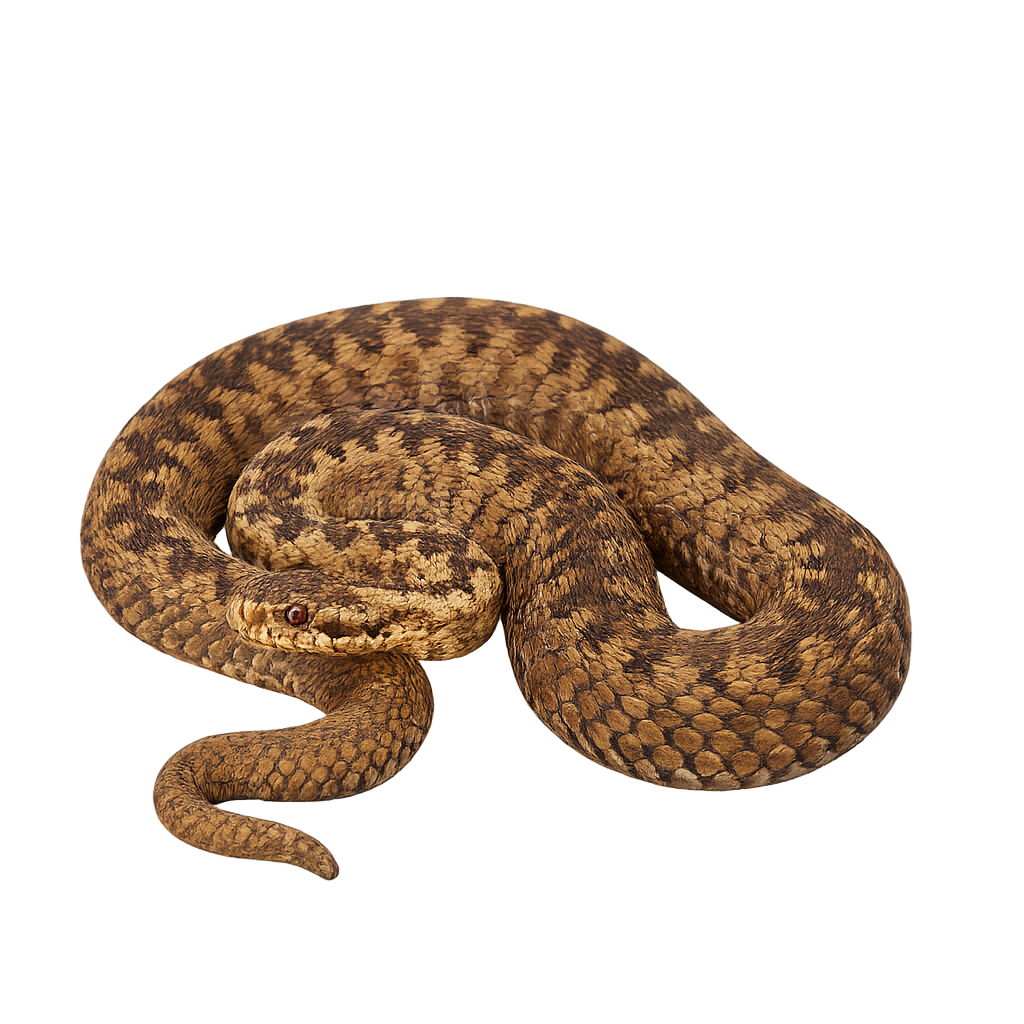Your wildlife photography guide.
Explore the common european adder in detail, study its behavior, prepare your shots.
Where to observe and photograph the common european adder in the wild
Learn where and when to spot the common european adder in the wild, how to identify the species based on distinctive features, and what natural environments it inhabits. The WildlifePhotographer app offers tailored photography tips that reflect the common european adder’s behavior, helping you capture better wildlife images. Explore the full species profile for key information including description, habitat, active periods, and approach techniques.
Common European Adder
Scientific name: Vipera berus

IUCN Status: Least Concern
Family: VIPERIDAE
Group: Reptiles
Sensitivity to human approach: Suspicious
Minimum approach distance: 30 m
Reproduction period: May to July
Incubation: 90-110 jours
Births: May to July
Habitat:
Forests, heathlands, meadows, wetlands
Activity period :
Active during the day when temperatures are favorable, often seen basking in the sun.
Identification and description:
The Common European Adder is a medium-sized venomous snake, typically measuring between 60 and 90 cm in length. It exhibits variable coloration, ranging from brown to gray, with a darker zigzag dorsal stripe. Melanistic individuals are entirely black. This species is widely distributed across Europe and Asia, from the United Kingdom to the Pacific coast of Russia, and up to the Arctic Circle. It inhabits various environments, including forests, heathlands, meadows, and wetlands. The adder is diurnal and feeds primarily on small mammals, amphibians, lizards, and birds. It is ovoviviparous, giving birth to 3 to 20 live young in late summer or early autumn. Although its venom can be dangerous, bites are rare and seldom fatal. Listed as Least Concern by the IUCN, it is protected in several European countries.
Recommended lens:
400 mm – adjust based on distance, desired framing (portrait or habitat), and approach conditions.
Photography tips:
Use a telephoto lens to photograph the Common European Adder, especially during its sunbathing. Favor soft morning or evening light to capture the details of its skin. Be patient and discreet to observe its natural behaviors.
The WildlifePhotographer App is coming soon!
Be the first to explore the best nature spots, track rutting seasons, log your observations, and observe more wildlife.
Already 1 431 wildlife lovers subscribed worldwide

